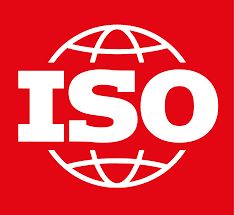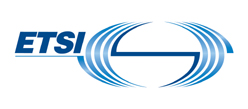ISO/IEC 21000-21:2017 Information technology - Multimedia framework (MPEG-21) - Part 21: Media contract ontology
ISO/IEC 21000-21:2017 specifies an ontology for representing contracts in the Multimedia Framework formed for the transaction of MPEG-21 Digital Items or services related to the MPEG-21 Framework. Media Contract Ontology (MCO) aims to digitally express agreements made in environments using ISO/IEC 21000. These agreements are contracts for transactions of content packed as Digital Items, as well as for services provided around this content by means of a sematic representation. The range of contracts under scope are as follows: - contracts about transactions on rights for the exploitation of content as MPEG-21 Digital Items; - contracts about the provision of MPEG-21-based services, like delivery, identification, encryption, search and others. However, MCO can also be used as electronic format for contracts on the trade of media rights beyond the MPEG framework.


